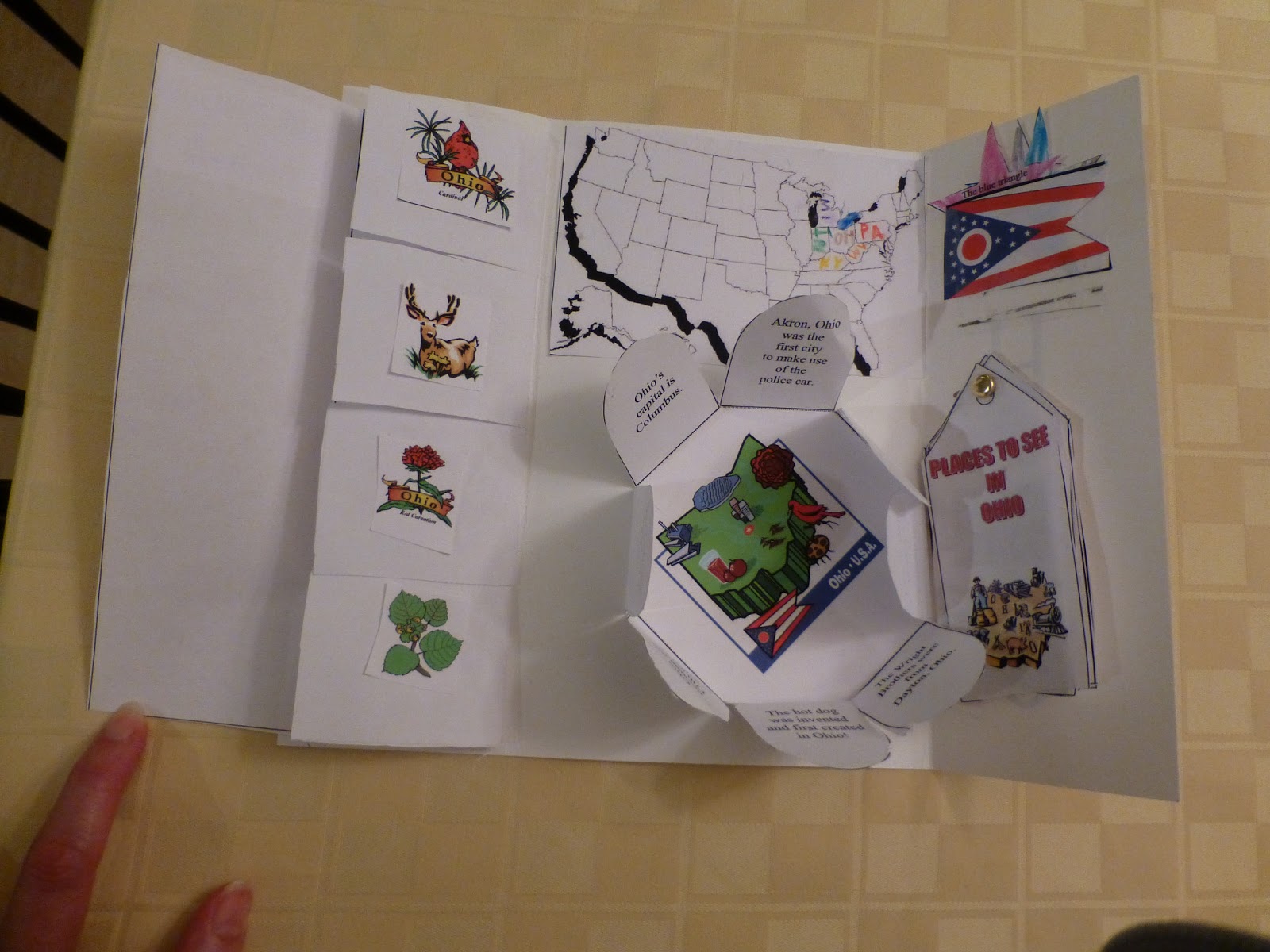The winner has been chosen. Congrats to Kim M. Thank you to everyone who entered. I appreciate it greatly.
I am thrilled with today's guest post and give-away. Today's guest post is from JK Mergens the author of the Learn Math Fast System. At the end of the post JK is giving away one of her books and there is also a code at the end to get $5 off.
You’ve tried oodles of books, stacks of CD’s, decks of flashcards, and still your child struggles to answer 6 x 4 correctly. Your older child got it and the younger one is catching on, so why is it that some children just can’t seem to remember basic multiplication facts? The answer is simple; they can’t add. That’s right! Children who struggle to learn multiplication facts actually have difficulties with addition. I didn’t think this was true at first, but after homeschooling my son through high school, tutoring several other children, and developing my own math curriculum, I know this is true.
I’ll never forget the day I asked my son, “How much is 4 x 3?” And he just stared at me. I said, “You know that 4 + 4 is 8, so how much is 8 + 4 more?” He continued to stare at me; he had no idea! I couldn’t believe it. After two years of using a well-known textbook, he couldn’t add 8 + 4 in his mind. How could I expect him to multiply numbers when he couldn’t even add them? After all, multiplying is a form of adding multiple numbers. I knew I had to do something, so I put that textbook away and I created my own method to teach him how to add numbers in his mind. Soon after, my son started to excel in math. He advanced so quickly, by age 16 he had finished high school math, enrolled in college, and taught himself Calculus II. Today he is a successful engineer.
While my son was in college, I had the opportunity to tutor some other children. Two of them were 7th graders; one boy and one girl. Both of them were trying to learn multiplication for years, but just couldn’t seem to memorize those facts. As I worked with them, I noticed that they both had difficulties adding. It would take them several minutes just to add the columns of numbers below the multiplication problem. For a moment, I flash-backed to when my son was younger and had difficulties adding. So I asked each of them separately, “How much is 8 + 7?” One tried counting on his fingers; the other one thought for a while and then she said, “14!” I knew what I had to do; I had to show them the method I used to teach my son how to add and subtract numbers in his mind. When I told the students and their parents that I wanted to go back to addition, they didn’t really understand. But I knew that these kids would never be able to advance until they learned how to add and subtract small numbers in their minds.
Addition is so important in math that even during calculus you will often be required to solve simple addition. Have you ever heard of The 9’s Trick? It’s a quick way to recall all the answers to 9 times any single digit number. If you aren’t familiar with it, watch the 2 minute video below. It’s a fantastic trick, but if you can’t quickly solve problems such as 6 + 3, even a trick as effective as this one won’t work.
In 2010, I published the method I used to teach my son math and it is being used by homeschooling families across the globe. Many of them have sent emails telling me how only a year ago their child was struggling to multiply and now, after using my program, their student is not only enjoying math, but they are excelling in it.
The next time you meet someone who struggles to memorize basic multiplication facts ask him/her to add 8 + 7 in their mind. If you don’t hear “15” within two seconds, you will know it’s time to start over. But the good news is that it doesn’t take long with the Learn Math Fast System.
I have very exciting news!! JK has offered to give-away one of her books shown above! Fill out the rafflecopter below to enter. She will ship you the book of your choice if you win. Good luck!!
a Rafflecopter giveaway
JK Mergens is the author of the Learn Math Fast System, a series of six books that teach 1st - 11th grade math using the unique methods she created to teach her son. JK has been married to Mick, her high school sweetheart, for almost thirty years. Together they homeschooled their only son in the beautiful state of Washington. Her articles have been published in The Old Schoolhouse Magazine, Red Deer’s Child Magazine, Edmonton’s Child Magazine, and in the June 2014 issue of the Washington State Homeschool Organization’s (WHO) Newsletter. Her seventh book, High School Geometry, will be released later this year. Please visit her website www.LearnMathFastBooks.com
The opinions she has expressed are entirely her own.













